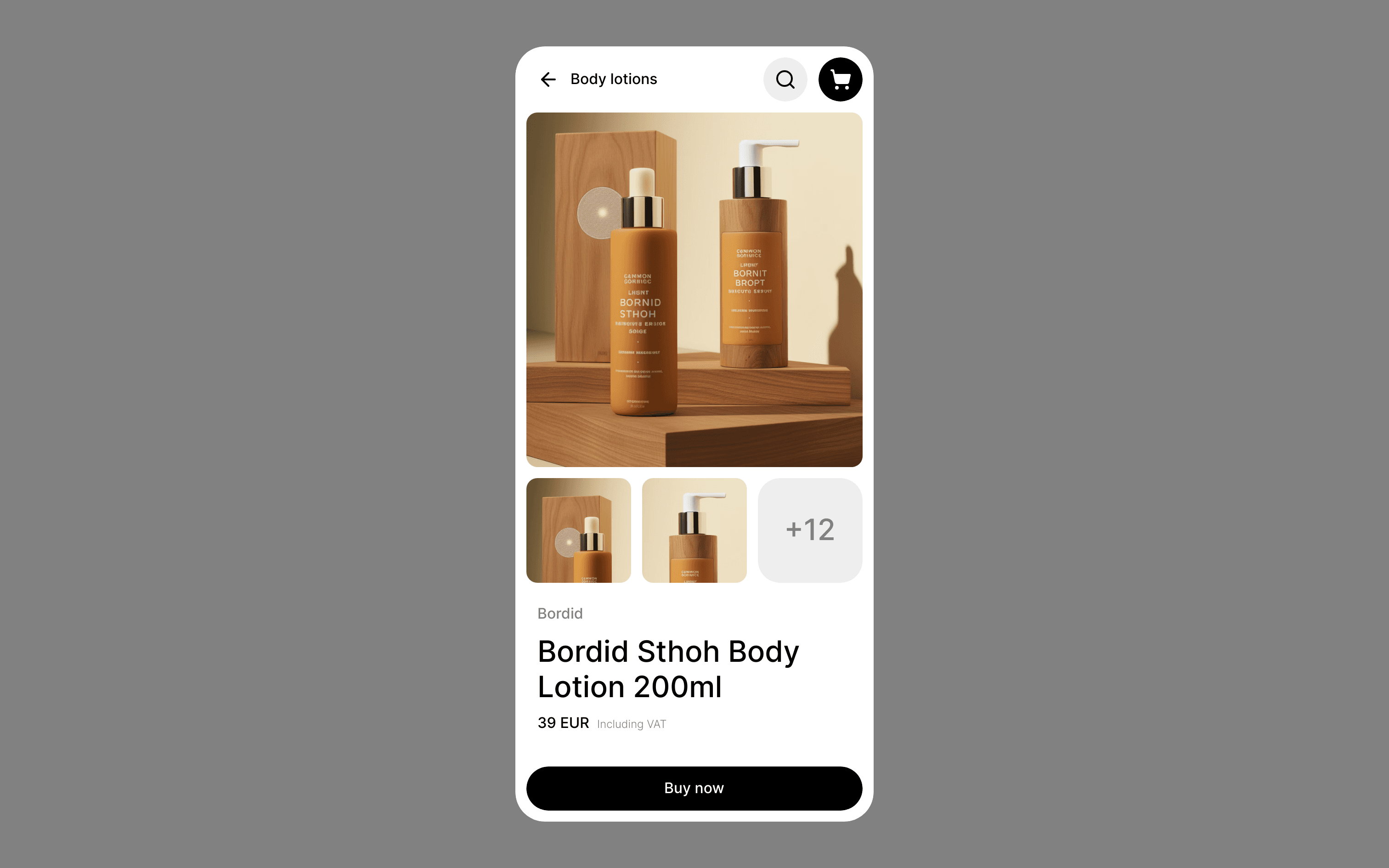Build Design Systems With Penpot Components
Penpot's new component system for building scalable design systems, emphasizing designer-developer collaboration.

Smashing Magazine | Robert Dodis & Yvette Mosiichuk
The Middle Eastern market is growing at a rapid pace, and, as a result, demand for IT products is also booming in the region. What is peculiar, though, is that Middle Eastern countries require design that is not only compatible with their needs and comfortable for their users, but that is also suitable to their language standards, making a serious adaptation process very important. Given that most languages spoken in the Middle East are written and read from right to left (such as Arabic, Hebrew, and Urdu), developers often face a range of problems when creating products in those languages.
Although this might seem like not that big of a deal, IT development for right-to-left (RTL) languages entails paying attention to a number of peculiarities. This is only further complicated by the fact that the RTL market is relatively new, and not many resources are available to help developers.
The post Right-To-Left Development In Mobile Design appeared first on Smashing Magazine.
AI-driven updates, curated by humans and hand-edited for the Prototypr community